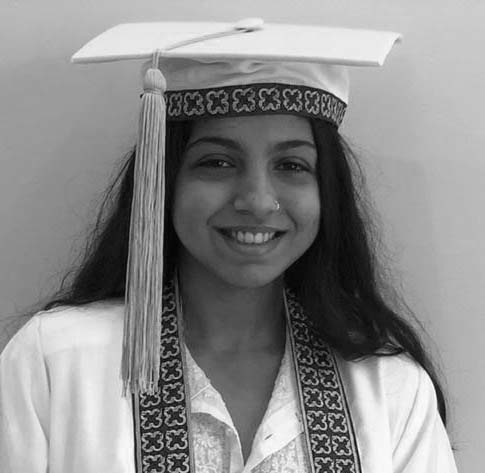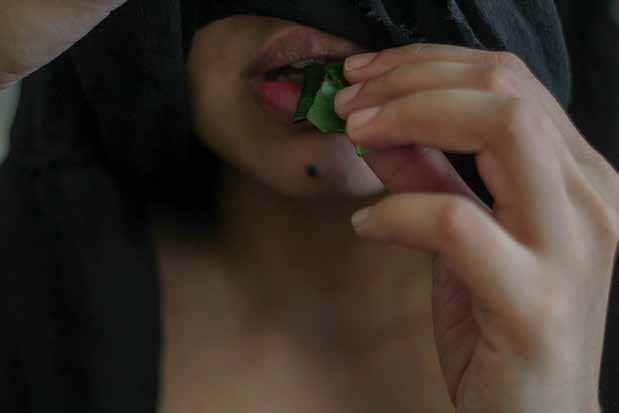
AIDAH RIZWAN SAID
Aspiration Statement
I am currently interested in startups as I feel that startups cater for growth and some have really good working environments such as Daraz, SWVL etc. After graduation, my priority is to be financially stable first in the first years which I can achieve initially by teaching tuition. My long-term goal is to become a therapist later in life.
Core Skills
- Lightroom Editing
- Project Coordination
- Records Management
- Excellent Written Communication Skills
- Art Directory
Experience
Internship / Volunteer Work
- Bay View Academy (Pvt) Ltd. - Social Studies Teacher
- Orange Tree Foundation - Student Affairs Coordinator
- Express Tribune - SEO department - Writing Articles and Blogs
- The Potter’s House Schooling System - Tutor
- Sirat Ul Jannah Orphanage - Taught children English & organized activities to help build their creative skills & confidence
- Children’s Cancer Hospital - Social work at the Children’s Cancer Hospital & with the Children’s Cancer Foundation aimed at group activities & craft-based learning
Publications / Creative Projects
- Bahadur Manzil – Play: While enrolled in a class taught by Haya Fatima Iqbal (Communication for Change), was part of a group of three members that created a short, low budget, student lead play based on honor killing set in a dystopian matriarchal society.
- TransDesign Research – Group project: Carried out design research critiquing the beauty industry in Pakistan for a TransDesign Course. Final result included executing are-conceptualized beauty ‘space’ or salon on campus promoting body positivity, diversity, community and de-stressing through activities and treatments.
Final Year Project
Project Title
Veiled Women in South Asian Literature
Description
Extracting instances of the veil in short Urdu stories where I am visually representing the protagonist and veil relationship through photography. The photos will be compiled into a commercial book. The inspiration behind this project came from a course I took in university that introduced me to the literature of my culture and how it is still relatable to this day. The question is whether the veil empowers or hinders the protagonist. However, the pictures remain more symbolic and suggestive, letting the reader gain their own interest in Urdu literature. The book will contain pictures depicting different of story instances, certain quotations from different stories and, in some cases, the story itself (or the synopsis). This makes Urdu literature easy and accessible for the people I have grown up with and who have till today remained ignorant of our own literature and stories.

